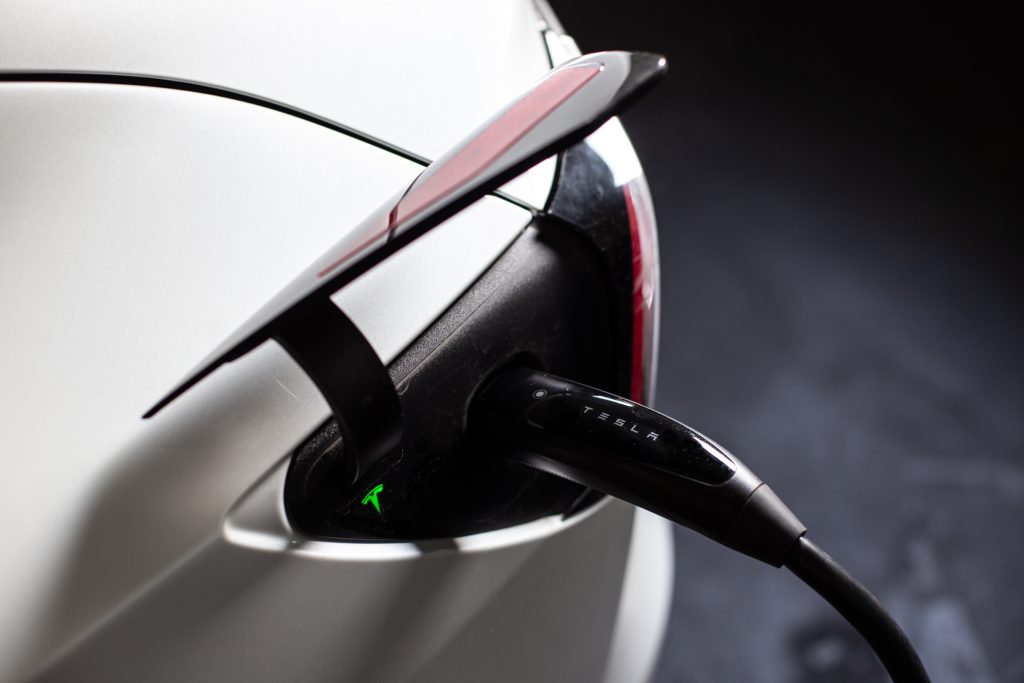By: Otaiba Ahsan

Range anxiety, a term that’s become universal among all electric vehicle (EV) owners. While it’s true EVs don’t yet have the speed and infrastructure of refueling when compared to gas cars, the Tesla lineup specifically has respectable mileage estimates. However, while the stated ranges are good, they’re simply estimates at the end of the day, and most owners have experienced range anxiety at some point. There are several ways to get the most out of your Tesla, and that’s what we’re here to discuss today. Continue reading for tips on how to maximize your Tesla’s range.
Factors Affecting Energy Consumption
There are several aspects that affect your car’s battery. Here’s a list of the ones that impact energy consumption while driving:
- Elevated driving speed, as well as uphill travel due to more energy required to push the vehicle against gravity.
- Environmental conditions such as cold or hot weather, as well as wind. Moreover, using climate controls also impacts consumption.
- Short trips or stop-and-go traffic also affect energy use. It takes power to bring the cabin and battery to a specified temperature when it’s optimized for a drive, which means you may see a higher average consumption for short trips or when in heavy traffic.
- Heavy cargo load as well as wheels and tires that are not maintained also both impact consumption.
Moreover, there are ways that your battery is depleted when your car is parked and not plugged into a charger:
- Preconditioning the cabin or using climate controls both will use energy, as well as Summon if you have that feature.
- Vehicle infotainment such as Netflix and Disney Plus will chip away at your battery.
- If Sentry Mode or Cabin Overheat Protection are enabled, then of course it will consume energy.
Tips to Maximize Range
You can maximize your driving range using the same driving habits you would use in a gas-powered car:
- Slow down while driving and avoid frequent and rapid acceleration. You should also consider using Chill mode, which can be enabled by going to Controls > Pedals & Steering > Acceleration.
- If safe to do so, modulate the accelerator pedal instead of using the brake pedal when gradually slowing down. Regenerative braking slows down the vehicle and feeds the surplus energy back to the battery.
- Limit the use of heating and air conditioning if possible. For example, it’s if hot outside, consider cracking the windows down to help cool the inside. On the flip side, if it’s cold outside, try using the heated seats and steering wheel instead.
- Precondition your Tesla before leaving, ideally when plugged into a charger. See our guide on how to set up scheduled departure to precondition your vehicle. Preconditioning is a must before every drive, as it primes the car’s battery for driving. It’s especially important in extremely cold or hot climates.
- Ensure the wheels are aligned to specification and that the tire pressures meet Tesla’s recommendations. Also, aero covers will help reduce wind resistance and should be kept on your wheels to maximize range.
- Lighten the load by removing any unnecessary cargo and disable features like Sentry Mode or Cabin Overheat Protection if you need to preserve battery.
It’s normal for estimated range to decrease slightly over the first few months before levelling off. Over time, you may see a gradual but natural decrease in range at full charge. This depends on several factors like mileage and the age of the battery.
The Bottom Line
The tips on how to maximize your Tesla’s range are easy to follow. They focus on driving habits, climate control settings, preconditioning the vehicle, wheel and tire maintenance, and features such as Sentry Mode. By following the above tips, you will likely be able to improve your range on a single charge.
